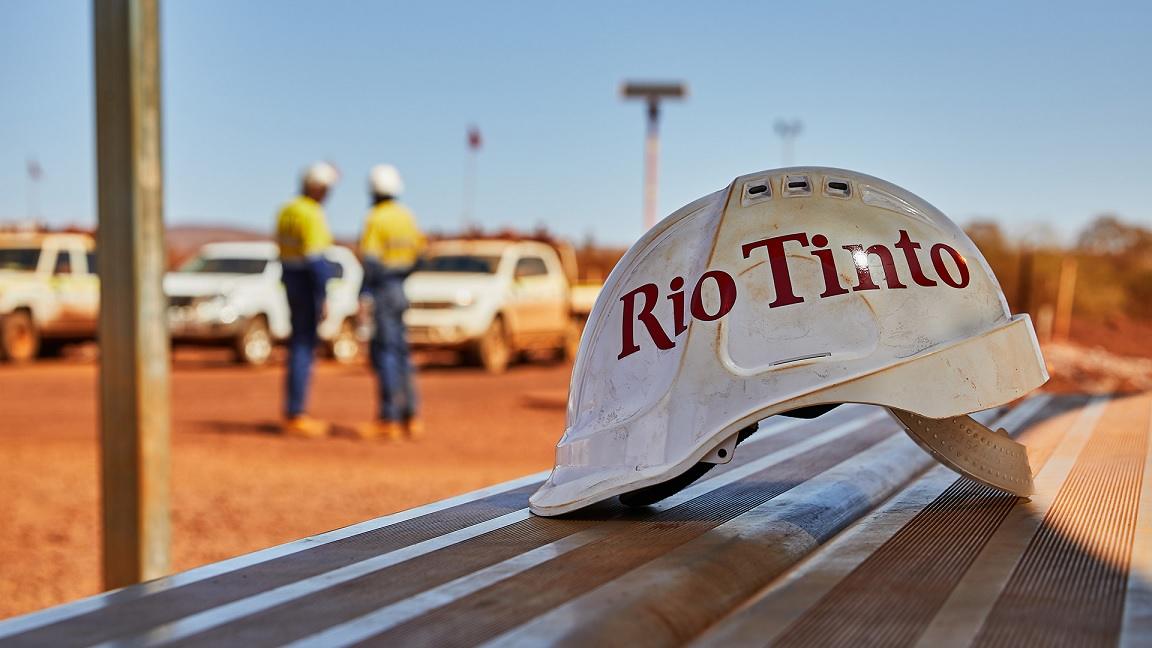Rio Tinto's Innovative Low-Carbon Ironmaking Facility in Western Australia
Key Ideas
- Rio Tinto plans to invest $143 million in a new low-carbon ironmaking facility in Western Australia to test a new process, BioIron, aimed at reducing carbon emissions significantly.
- The BioIron process uses raw biomass and microwave energy instead of coal to convert iron ore to metallic iron, potentially cutting carbon emissions by up to 95%.
- The facility, ten times larger than its predecessor in Germany, is set to produce one tonne of direct reduced iron per hour, with commissioning expected in 2026.
Rio Tinto, a global mining and metals company, has announced plans to develop a new facility in Western Australia to test a low-carbon ironmaking process called BioIron. The company will invest $143 million in this initiative aimed at decarbonizing the steel value chain. Steelmaking is a major contributor to global CO2 emissions, and Rio Tinto's new process intends to address this issue by using raw biomass and microwave energy to convert iron ore to metallic iron. This innovative approach has the potential to significantly reduce carbon emissions by up to 95% compared to traditional blast furnace methods. The project, which aligns with Rio Tinto's climate goals, will provide valuable data for potential future scaling of the technology. The facility, set to be ten times larger than its predecessor in Germany, will be capable of producing one tonne of direct reduced iron per hour. With commissioning expected in 2026, the project represents a significant step towards achieving low-carbon steel production and contributing to a more sustainable future.
